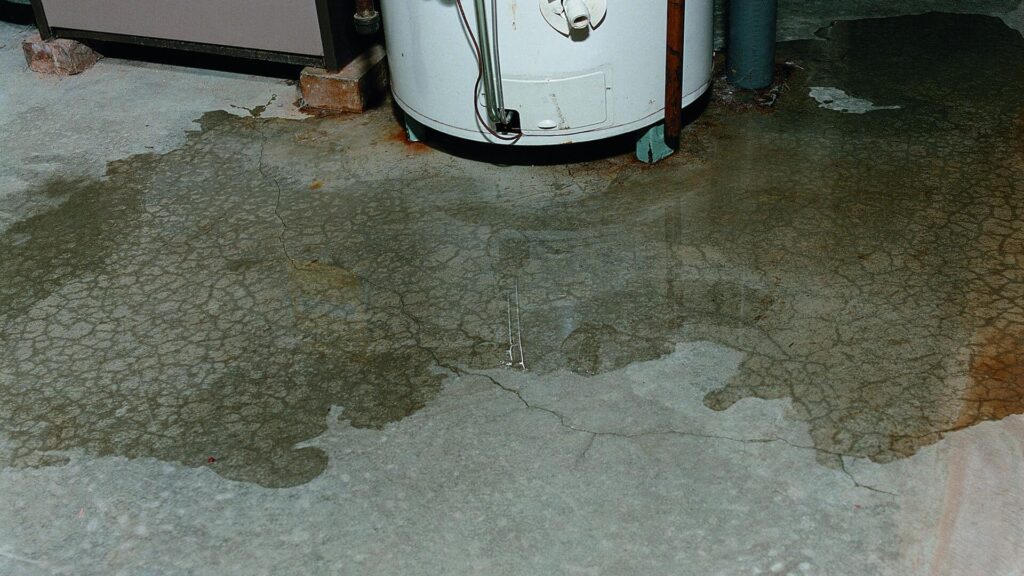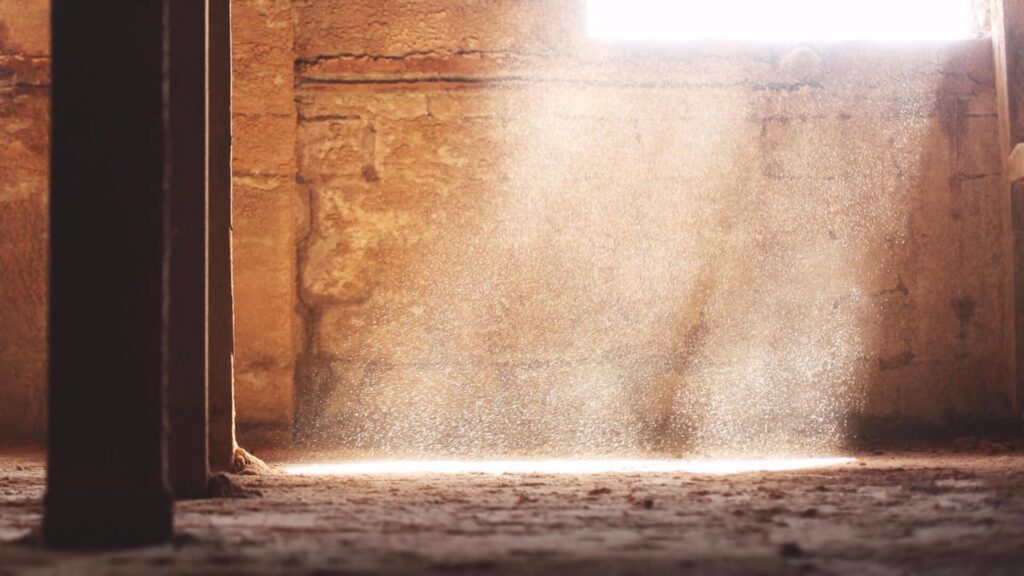In the Gatineau region, flood damage is assessed across several categories. Neither people, their property, nor the environment are spared.
Damage to People
Flood victims do not remain unaffected. Psychologically, they often display signs of distress. Losing cherished personal belongings can lead to long-term trauma. According to health professionals, victims of natural disasters are vulnerable to anxiety, post-traumatic stress reactions, and severe depression. They often wonder how to clean their homes and especially how to rebuild. Victims of such disasters may find themselves forced to move. It’s an uncomfortable situation. They may end up staying with friends or family. Those with more financial means might find refuge in inns. Relocation has negative effects on their education, work, and well-being.
Damage to Property
Flooding leads to significant property loss. Valuables may be swept away, and furniture, documents, and appliances in flooded homes are damaged. The Canadian Minister of Public Safety always instructs that furniture and household items in contact with floodwater be discarded. Buildings are not spared either, as they are exposed to extremely high humidity. Economic activities in the region slow down since stores, shops, and offices become inaccessible. As a result, productivity in the disaster area drops to zero.
Damage to the Environment
Floods turn the soil muddy and sometimes unusable. Farmers are among the first to suffer from flooding disasters. In addition to losing their crops, they struggle to recover the arable potential of the land. The environment must be rebuilt and given a new face. Biodiversity is also threatened. Many animals suffocate, and the balance of flora and fauna is disrupted. Submerged by water, many animals cannot survive.
To reduce flood-related damage, humans must have full control over their environment. Water drainage systems must be managed, and buildable zones must be clearly identified.






